Kepler Mission Analysis Shows Reduced Number Of Earth-Sized Planets In Field Of View


Kepler Mission Analysis Shows Reduced Number of Earth-Sized Planets in Field of View
A large number of worlds found by NASA’s Kepler alien planet-hunting space telescope are probably significantly larger than scientists previously estimated, a new study suggests. Using a galaxy similar to our own Milky Way, the image above shows the scale of the distances for the sample of stars with planet candidates described in a new study by scientists using the Kitt Peak National Observatory Mayall 4-meter telescope . The circled dot represents the position of the sun in the Milky Way, and the stippled cone shows how far away the new candidate stars are (2800-7000 light years), compared to the size of our galaxy.
The Kepler Space Telescope has spotted more than 2,700 potential exoplanets since its launch in 2009, and scientists using the Kitt Peak National Observatory categorized the home stars of many of those planet candidates for the past three years. In particular, the researchers made detailed follow-up observations of 300 of the stars Kepler found likely to be harboring exoplanets.
The Kepler satellite, in orbit around the sun, stares at a region of the northern hemisphere sky sandwiched between the bright stars Vega and Deneb. Attached to the telescope is the largest imaging camera ever flown into space—16 million pixels—the only instrument on the telescope and the one used to monitor all the stars in its search for planets. Planets are detected if they pass in front of their parent sun, causing a very slight dip in the star’s brightness. When this dip repeats periodically, it reveals the presence of a possible planet, the length of the planet’s “year”, and other information.
One of the main findings of this initial work is that our observations indicate that most of the stars we observed are slightly larger than previously thought and one quarter of them are at least 35 percent larger,” astronomer and leader of the study Mark Everett said in a statement. “Therefore, any planets orbiting these stars must be larger and hotter as well. By implication, these new results reduce the number of candidate Earth-size planet analogues detected by Kepler.”
Read
More Posts from Outofambit and Others
WHY ARE PEOPLE NOT MORE EXCITED ABOUT SPACE. THERE IS A PLANET MADE COMPLETELY OUT OF DIAMONDS AND A HUGE ASS RAIN CLOUD FLOATING AROUND IN SPACE THAT IS SO FUCKING COOL.

Scale of Universe Measured with 1-Percent Accuracy
An ultraprecise new galaxy map is shedding light on the properties of dark energy, the mysterious force thought to be responsible for the universe’s accelerating expansion.
Image: An artist’s concept of the latest, highly accurate measurement of the universe from the Baryon Oscillation Spectroscopic Survey. The spheres show the current size of the “baryon acoustic oscillations” (BAOs) from the early universe, which have helped to set the distribution of galaxies that we see in the universe today. BAOs can be used as a “standard ruler” (white line) to measure the distances to all the galaxies in the universe. Credit: Zosia Rostomian, Lawrence Berkeley National Laboratory
A team of researchers working with the Baryon Oscillation Spectroscopic Survey (BOSS) has determined the distances to galaxies more than 6 billion light-years away to within 1 percent accuracy — an unprecedented measurement.
"There are not many things in our daily lives that we know to 1-percent accuracy," David Schlegel, a physicist at Lawrence Berkeley National Laboratory and the principal investigator of BOSS, said in a statement. "I now know the size of the universe better than I know the size of my house."
Space is so creepy and wonderful. Who the hell needs hell when there’s space.
Like there’s an old constellation called Eridanus that you can see in the southern sky, and its not a very interesting constellation. It’s a river. It’s actually the water that’s pouring out of Aquarius, so in the sky it’s kind of boring. It’s a path of stars.
But within Eridanus, in between the stars, there’s a place where the background radiation is unexplainably cold. Because after the Big Bang, there was all this light that scattered everywhere, and it’s the oldest light in the universe, but we can’t see it. It’s so dim that it only shows up as a glow of microwaves, so to us, it just looks like the blackness of the night.
But there’s this spot in Eridanus where that little glow of ancient microwaves isn’t what it should be. It’s cold and dark.
And it’s enormous. Like a billion light year across. Of mostly just emptiness. And we don’t know why. One theory is that it’s simply a huge void, like a place where there are no galaxies. Voids like that do exist. Most of them are smaller, but they’re a sort of predictable part of the structure of the universe. The cold spot in Eridanus, if it were a void, would be so enormous that it would change how we understand the universe.
But another theory is that this cold spot is actually the place where a parallel universe is tangled with our own.

Today’s Cards Against Errantry card!
Like this card? Wish you could use it in a real-life game with fellow cousins? Then make sure to get your badge (and reserve your room) for CrossingsCon 2016.
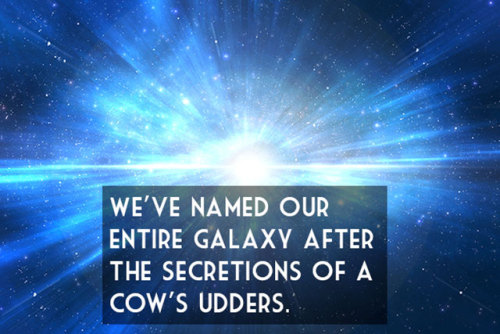
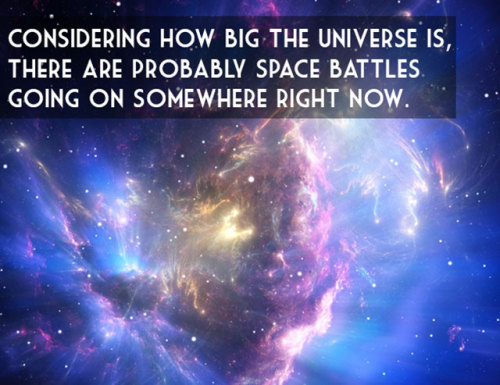
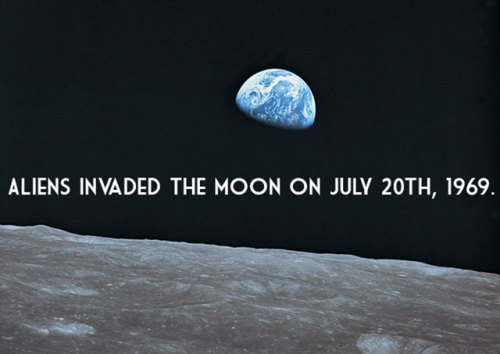

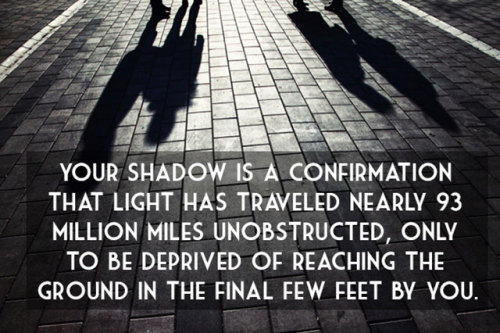
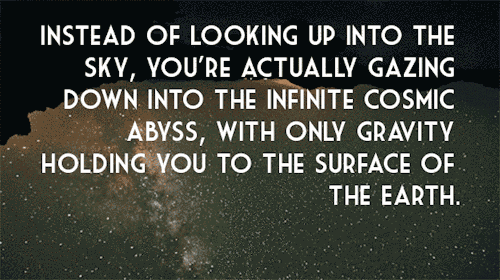
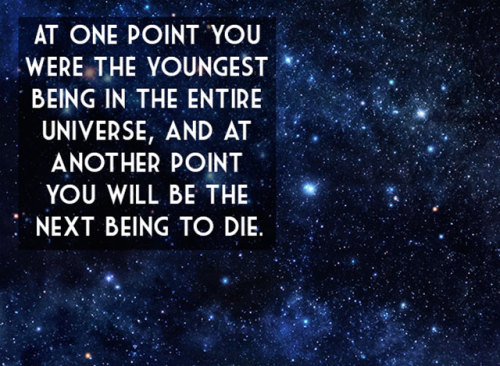

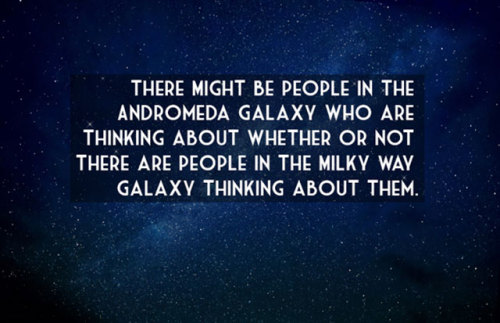
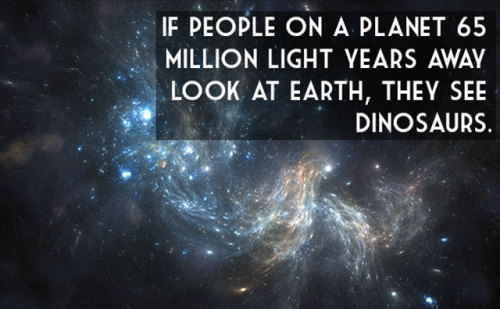
Thoughts that will change the way you think about the universe and your existence
This is the future of travel luggage.

Fanart for the beautifully written Young Wizards fanfic What the Butterflies Said by AtypicalOwl, who I believe is @sunrisenebula here on Tumblr.
Technology drives exploration and we’re building on the Apollo program’s accomplishments to test and fly transformative, cutting edge technologies today for tomorrow’s missions. As we develop and test the new tools of 21st century spaceflight on the human path to Mars, we once again will change the course of history.
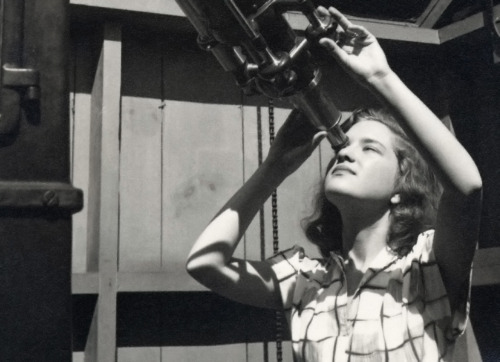
Vera Rubin (b. 1928)
When Vera Cooper Rubin told her high school physics teacher that she’d been accepted to Vassar, he said, “That’s great. As long as you stay away from science, it should be okay.”
Rubin graduated Phi Beta Kappa in 1948, the only astronomy major in her class at Vassar, and went on to receive her master’s from Cornell in 1950 (after being turned away by Princeton because they did not allow women in their astronomy program) and her Ph.D. from Georgetown in 1954. Now a senior researcher at the Carnegie Institute’s Department of Terrestrial Magnetism, Rubin is credited with proving the existence of “dark matter,” or nonluminous mass, and forever altering our notions of the universe. She did so by gathering irrefutable evidence to persuade the astronomical community that galaxies spin at a faster speed than Newton’s Universal Law of Gravitation allows. As a result of this finding, astronomers conceded that the universe must be filled with more material than they can see.
Rubin made a name for herself not only as an astronomer but also as a woman pioneer; she fought through severe criticisms of her work to eventually be elected to the National Academy of Sciences (at the time, only three women astronomers were members) and to win the highest American award in science, the National Medal of Science. Her master’s thesis, presented to a 1950 meeting of the American Astronomical Society, met with severe criticism, and her doctoral thesis was essentially ignored, though her conclusions were later validated. “Fame is fleeting,” Rubin said when she was elected to the National Academy of Sciences. “My numbers mean more to me than my name. If astronomers are still using my data years from now, that’s my greatest compliment.”
Sources:
1. http://innovators.vassar.edu/innovator.html?id=68; http://science.vassar.edu/women/
2. http://dspace.mit.edu/handle/1721.1/45424
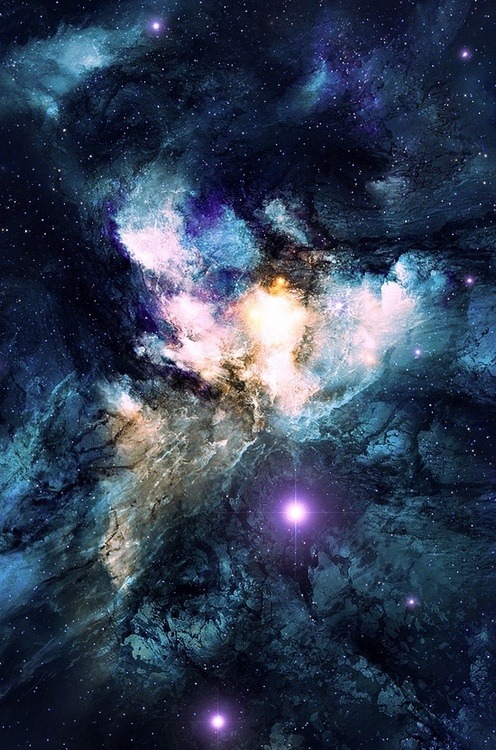

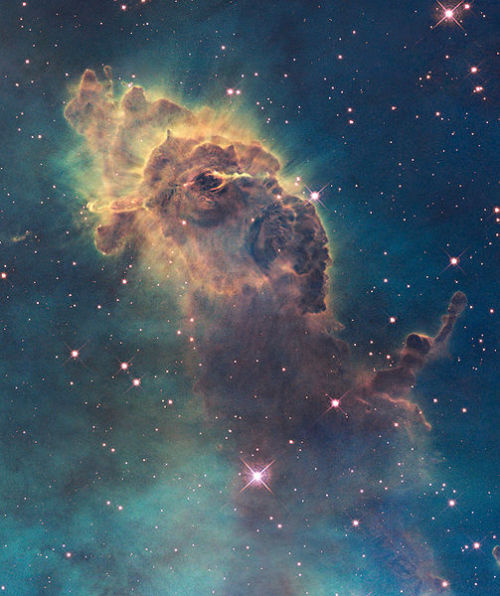
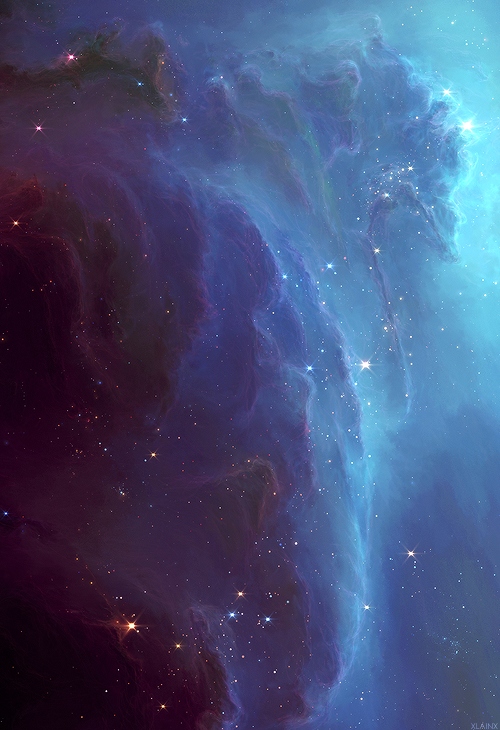
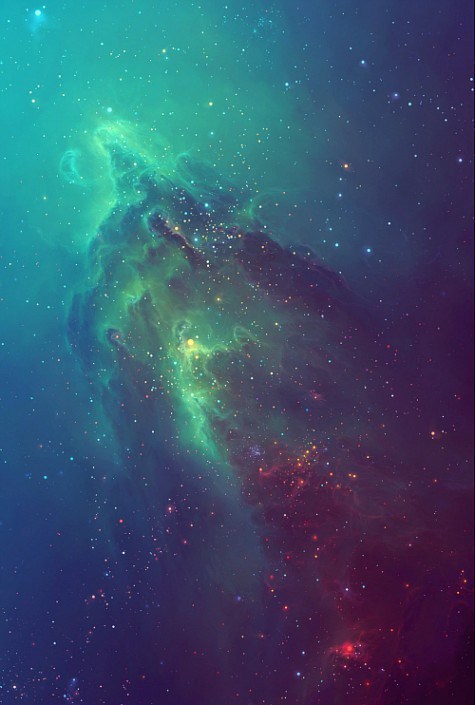
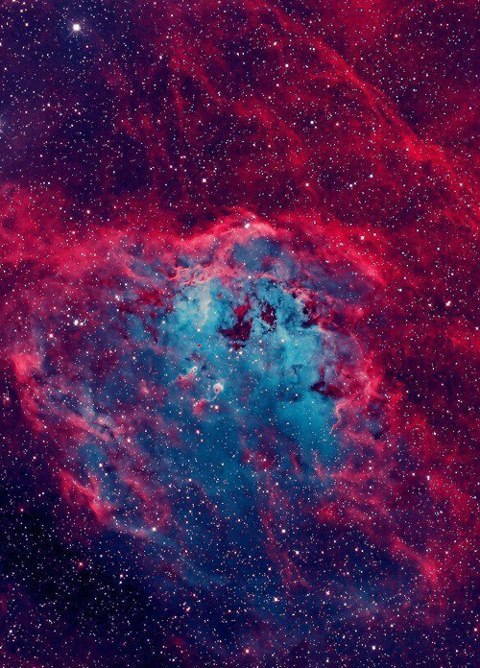
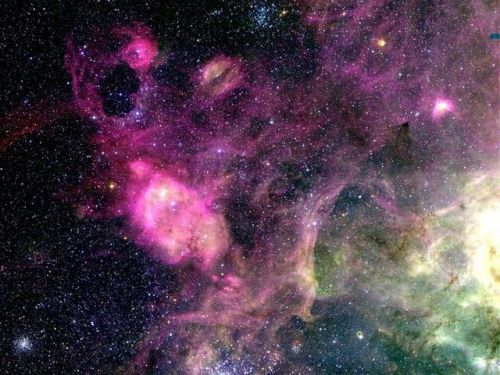



-
 celticheavens liked this · 10 years ago
celticheavens liked this · 10 years ago -
 imaginariumgeographica reblogged this · 11 years ago
imaginariumgeographica reblogged this · 11 years ago -
 identiques-blog reblogged this · 11 years ago
identiques-blog reblogged this · 11 years ago -
 fuckyeahcelestialthings reblogged this · 11 years ago
fuckyeahcelestialthings reblogged this · 11 years ago -
 acidwolves liked this · 11 years ago
acidwolves liked this · 11 years ago -
 the-nuclear-chaos reblogged this · 11 years ago
the-nuclear-chaos reblogged this · 11 years ago -
 davidtenn21-blog liked this · 11 years ago
davidtenn21-blog liked this · 11 years ago -
 aeriesgalaxy liked this · 11 years ago
aeriesgalaxy liked this · 11 years ago -
 jean-alain liked this · 11 years ago
jean-alain liked this · 11 years ago -
 outofambit reblogged this · 11 years ago
outofambit reblogged this · 11 years ago -
 thescienceblog reblogged this · 11 years ago
thescienceblog reblogged this · 11 years ago -
 klimkovsky liked this · 11 years ago
klimkovsky liked this · 11 years ago -
 ecl3cticenigma liked this · 11 years ago
ecl3cticenigma liked this · 11 years ago -
 eyeballing reblogged this · 12 years ago
eyeballing reblogged this · 12 years ago -
 beards-butts-pokemon reblogged this · 12 years ago
beards-butts-pokemon reblogged this · 12 years ago -
 okorogariist liked this · 12 years ago
okorogariist liked this · 12 years ago -
 i-remember-all reblogged this · 12 years ago
i-remember-all reblogged this · 12 years ago -
 champlainguy liked this · 12 years ago
champlainguy liked this · 12 years ago -
 zetarays liked this · 12 years ago
zetarays liked this · 12 years ago -
 electricspacekoolaid reblogged this · 12 years ago
electricspacekoolaid reblogged this · 12 years ago
A personal temporospatial claudication for Young Wizards fandom-related posts and general space nonsense.
288 posts
